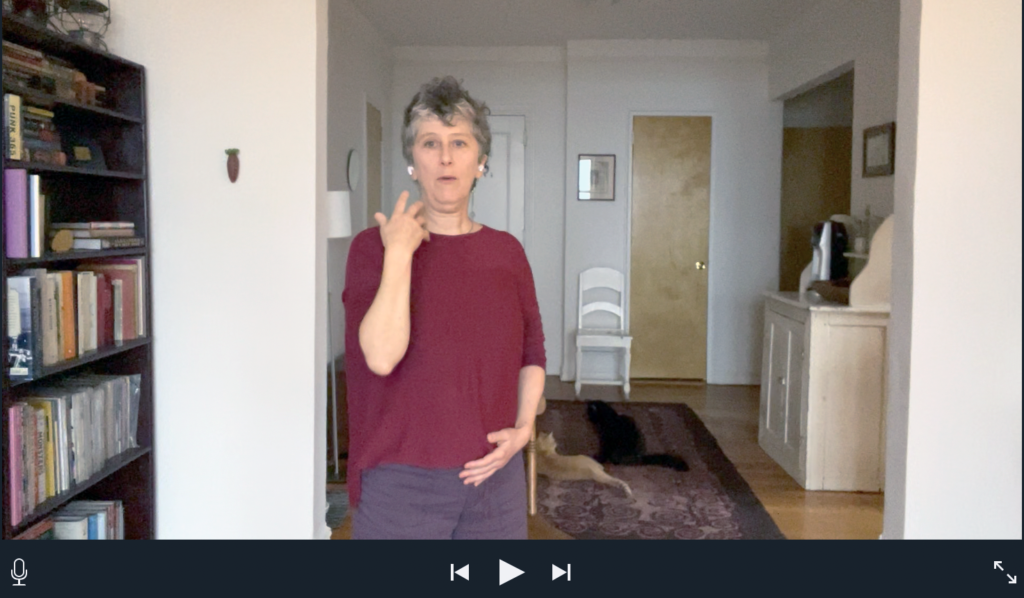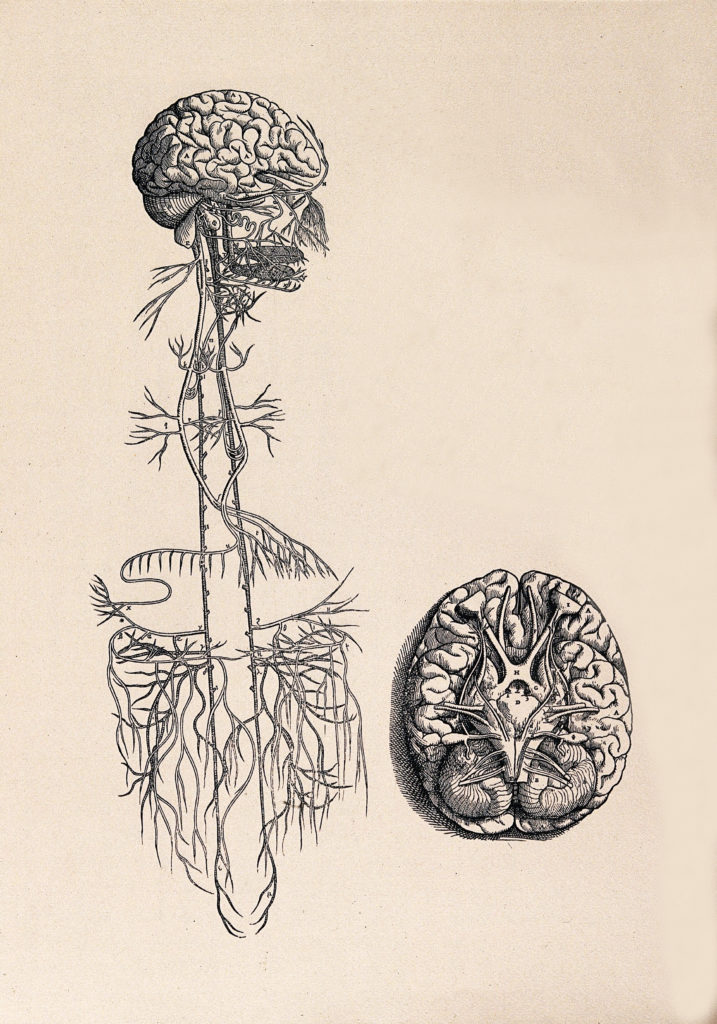
click on the image to view this week’s video
Focusing too much on your breathing can backfire; try two easy vagus nerve exercises instead.
Do you or your clients struggle with shallow breathing, anxiety, and air hunger? You know that your breathing is tight and shallow because it feels horrible, but when you focus on your breathing directly it can make things worse. This most simple step in regulating your nervous system becomes impossible.
Many of my students have just given up because they can’t figure out how to focus on breathing. Often they don’t reach out for help until there is a crisis – and that’s not good, because it’s hard to self regulate or calm yourself down in a crisis! It’s better to learn the skills before that point.
Today’s blog post and video provide an easier way in, whether you struggle with nervous system regulation, breathing problems or anxiety yourself, or you are a therapist who wants to help your clients…or both!
Before you learn these exercises, let me explain why more popular exercises may not work for you.
Why deep breathing exercises are so hard to do well
Most exercises for better breathing, self-regulation, and good vagal tone emphasize breathing in deeply or using a long out breath.
Most new students I work with, unfortunately, are doing one these two unhelpful, but understandable strategies:
- OVER EXHALING: Squeezing themselves tightly to exhale, which tightens the entire head/neck/spine relationship and puts undue pressure on all the organs and especially the diaphragm.
- OVER INHALING: Muscling themselves into “accessory breathing” on the inhale. This involves over-expanding your ribs, tightening your neck, and poofing out your belly. This also causes an increase of internal abdominal pressure and makes easy breathing impossible.
Over-activation of accessory muscles means that the movement of your diaphragm, the primary muscle of breathing, is actually restricted. Its smooth excursion in your chest which gently lifts and lowers your heart is hampered by all that internal pressure.
All you need to do is get out of the way – but how? Start with the vagus, and your breathing will change on its own.
Two vagus nerve exercises to ease breathing:
ONE: Get comfortable in a chair or on the floor. Take 2 to 3 minutes and travel the length of your vagus using your imagination and your internal sensory awareness.
Use this image to start your imaginary journey. The vagus in this image is everything except for the brain and nerves shown in this invisible person’s face:

Begin about one inch inside your skull, right underneath each ear canal. It’s impossible to be “accurate” in your imagination, just get in the boat and launch! Travel down the left and right branches of your vagus to the following places:
– throat/voice box
– glands of the throat
– heart in the front body
– lungs in back body
– stomach
– kidneys
– liver
– guts (both front, side and back body are full of the descending colon and digestive tract.)
Embodied “imagination” creates a flow of energy down the pathway of this many branching nerve into the depths of your three dimensional torso. Your organs and body send their response via the nerve back to your brain. This is a non-verbal, felt experience that may seem incredibly subtle. The important things is that you can definitely tell if things are getting softer, easier, and more fluid, or tighter and restricted. If it feels tight and restricted – try a gentler energy in your imagination.
Check in with your breathing at the end and see if it has changed. You may or may not notice anything…either way, move on to step two.
TWO: Using touch on the surface of your skin to perceive breath motion.
Take 2 – 3 minutes and place a “listening hand” on the surface of your own chest and belly.
Your hand should be like cloth – simply there to feel, on the surface of your own skin, the breathing motion going on deep inside. Take time to really feel the subtle motion without trying to change anything. Visit each of these places:
- sternum/chest
- ribs at front, side
- belly and pelvis

Watch the video if you want to have a luxurious guided experience! And if you want and need to get into the details, book a free 15 minute consultation with me, book a series of private sessions, or attend my weekly Mobile Body Alignment classes HERE.
